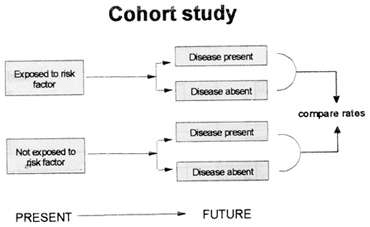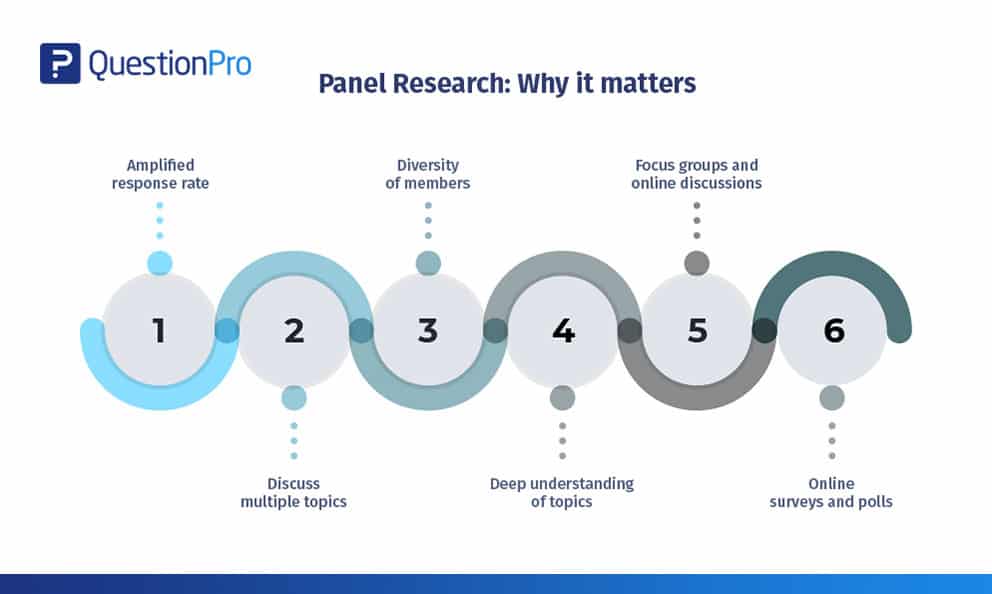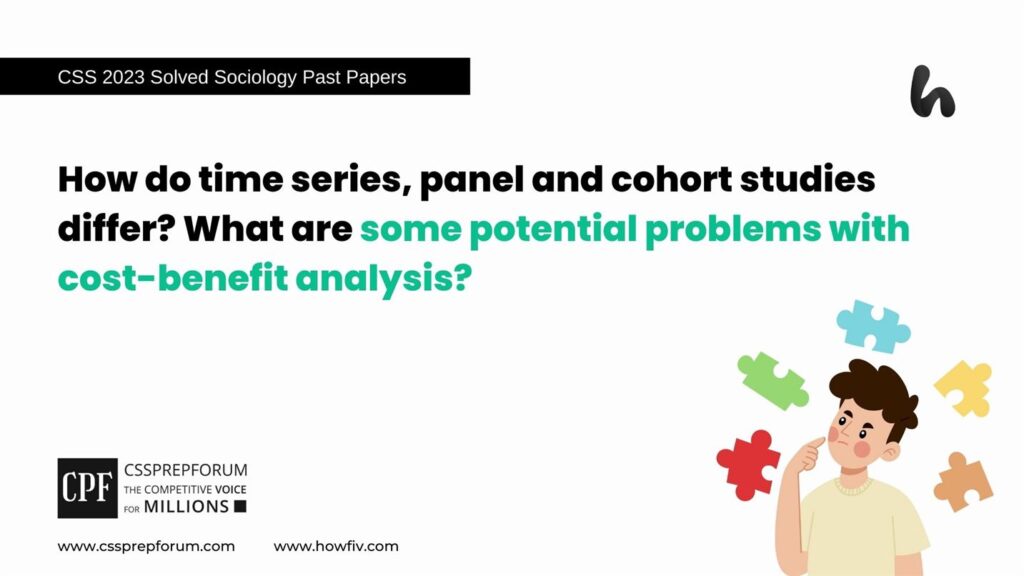CSS Solved Sociology Past Papers | How do time series, panel and cohort studies differ? What are some potential problems with cost-benefit analysis?
The following question of Sociology is attempted on the same pattern, taught by Sir to his students, scoring the highest marks in compulsory subjects for years. This solved past paper question is uploaded to help aspirants understand how to crack a topic or question, how to write relevantly, what coherence is, and how to include and connect ideas, opinions, and suggestions to score the maximum.

Outline
1- Introduction
2- Differentiation account of time series, panel and cohort studies
3- Potential problems of cost-benefit analysis
4- Synthesis
5- Conclusion

Answer to the question
Introduction
The panel, time series and cohort studies are all types of observational research designs used in various fields of study. A panel study also known as a longitudinal study is a type of study in which data is collected from the same group of individuals at different points in time. This allows for the examination of changes in variables over time within the same group of people. Panel studies are commonly used in fields such as sociology and psychology. A time series study, on the other hand, is a type of study in which data is collected at multiple points in time on a specific variable of interest/ This allows for the examination of changes in the variable over time, but unlike a panel study, the data is not collected from the same individuals at each time point. Time series studies are commonly used in fields such as economics, finance, and environmental science. At the same juncture, a cohort study is a type of study in which a group of individuals who share a common characteristic or experience are followed over time. The purpose of a cohort study is to examine the association between exposure to a particular risk factor and the development of a particular outcome or disease. Cohort studies are commonly used in fields such as epistemology and public health. Each of the study schemes has its strengths and weaknesses, and the choice of which one to use depends on the research question being asked and the nature of the data being collected.
Differentiation account of time series, panel and cohort studies
Time series, cohort studies and panel studies are three different types of research designs commonly used in medical and social sciences. Each design has its unique features, and understanding the differences between them is important for researchers to select the appropriate design for their research questions.
Time series are regarded as longitudinal studies that examine changes available over time. They are useful for identifying trends and patterns over time and are often used to investigate the impact of interventions or events. In time series studies, researchers collect data at regular intervals over a specified period and then analyze the data to identify trends or patterns. The data can be collected through various methods such as surveys, interviews or electronic health records. Time series studies are often used in economics, public health and social sciences.

Cohort studies are observational studies that follow a group of individuals over time who share common characteristics or exposure. The cohort can be defined based on age, sex, occupation or any other characteristics. Cohort studies can be prospective or retrospective, depending on whether the study follows individuals from the present into the future or looks back at historical data. It is widely used in epistemology, public health and medical research.

Panel studies are longitudinal studies that follow the same individual over time. It can be used to investigate changes in behaviour, attitudes, or health outcomes by collecting from the same individuals at different time points, allowing for the analysis of changes over time. It is used in social sciences and economics to investigate changes in income, employment and health.

- The foremost difference between the study schemes is the types of data collected. Time series collect data on variables over time, while cohort studies and panel studies collect data on individuals or groups of individuals over time. In time series studies, the focus is on the changes in the variable over time, while in cohort and panel, studies focus on the changes in the individual or group over time.
- Another difference between these three types of studies is the sampling method. Time series studies and cohort studies use random sampling to select participants, while panel studies typically select participants based on specific characteristics or exposure, which affects the generalizability of the findings to the larger population.
- In terms of data analysis. Time series studies use statistical methods such as autoregressive integrated moving average (ARIMA) models to analyze the data, while cohort studies and panel studies use statistical methods such as multivariate regression analysis to assess the association between exposure and outcome
Potential problems of cost-benefit analysis

Cost-benefit analysis (CBA) is a widely used tool for evaluating the economic feasibility of projects or policies. It involves comparing the costs of a proposed action or policy with its expected benefits, to determine whether the benefits outweigh the costs. However, several potential problems can arise when conducting a cost-benefit analysis:
The first potential problem of CBA is the difficulty of accurately estimating the costs and benefits of a proposed action or policy. In many cases, the costs and benefits of a project may be known with certainty, and there may be significant uncertainty or disagreement over how to measure them. For example, the costs of a proposed environmental regulation may be difficult to estimate as they may depend on factors such as the costs of compliance, the cost of lost economic activity, and the potential benefits of reducing pollution. Similarly, the benefits of a project may be difficult to quantify as they may include intangible benefits such as improved quality of life, increased social welfare or reduced risk of harm. These uncertainties and measurement difficulties can make it challenging to determine whether the benefits of a proposed project or policy outweigh its costs.
The second potential problem of CBA is the issue of distributional equity.CBA typically assumes that the costs and benefits of a project or policy are distributed uniformly across the affected population. However, in reality, the costs and benefits may be distributed unevenly, with some groups experiencing more costs or benefits than others. For example, a proposed transportation project may benefit commuters who live in affluent neighbourhoods but displace lower-income residents who live in the project’s path. CBA may not take into account the potential for such inequities, and may thus not reflect the true social costs and benefits of a project or policy.
The third potential problem of CBA is the issue of intergenerational equity.CBA typically focus on the costs and benefits that accrue within a single period. However, many projects or policies may have long-term impacts that extend beyond the immediate future, affecting future generations. For example, proposed energy projects may have significant environmental impacts that affect the health and well-being of future generations.CBA may not take into account the potential for such long-term impacts and may thus not reflect the true social costs and benefits of a project or policy.
Synthesis
Time series, cohort studies and panel studies are three different types of longitudinal studies used in social and medical sciences. Time series studies focus on changes in a variable over time. Understanding the difference between these three types of studies is important for researchers to select the appropriate design for their research questions. Cost-benefit analysis is a powerful tool for evaluating the economic feasibility of projects or policies. However, it is not without its potential problems. These problems include the difficulty of accurately estimating costs and benefits, the issue of distributional equity, and the issue of intergenerational equity. It is important for policymakers and analysts to be aware of these potential problems and to address them appropriately when conducting a cost-benefit analysis. This may involve developing more accurate methods for measuring costs and benefits, Incorporating considerations of distributional equity and intergenerational equity into the analysis, or exploring alternative decision-making frameworks that can better capture the complexity of real-world decision-making.
Conclusion
The Crux of the matter is that time series, panel, and cohort studies are all important methods used in research to understand trends and patterns over time. Time series studies focus on the changes within a single population over time, while panel studies follow a fixed group of individuals over time. Cohort studies, on the other hand, examine groups that share common characteristics or experiences. Each method has its strengths and weaknesses, and the choice of which method to use depends on the research question being asked. Time series studies are useful for examining trends over time, while panel and cohort studies can be useful for exploring the effects of specific interventions or exposures. In terms of cost-benefit analysis, one potential problem is accurately measuring and assigning a monetary value to all of the costs and benefits associated with a given intervention or policy. There may also be disagreements over the appropriate discount rate to use in determining the present value of future costs and benefits. Additionally, there may be non-monetary costs and benefits that are difficult to quantify and may not be captured in a cost-benefit analysis. It is important to carefully consider these potential issues when conducting cost-benefit analyses to ensure that the results are reliable and informative.
CSS Solved Past Papers’ Essays
Looking for the last ten years of CSS and PMS Solved Essays and want to know how Sir Kazim’s students write and score the highest marks in the essays’ papers? Then, click on the CSS Solved Essays to start reading them.
CSS Solved Essays

CSS Solved General Science & Ability Past Papers
Want to read the last ten years’ General Science & Ability Solved Past Papers to learn how to attempt them and to score high? Let’s click on the link below to read them all freely. All past papers have been solved by Miss Iqra Ali & Dr Nishat Baloch, Pakistan’s top CSS GSA coach having the highest score of their students.
General Science & Ability Solved Past Papers
CSS Solved Pakistan Affairs Past Papers
Want to read CSS Pakistan Affairs Solved Past Papers and learn how to attempt them to score high? Let’s click on the link below to read them all freely. All past papers’ questions have been attempted by Sir Kazim’s students, who scored the highest in the subject.
CSS Solved Pakistan Affairs
CSS Solved International Relations’ Past Papers
Have you opted for International Relations in the CSS examination and want to score above 150? Then, click on the CSS Solved International Relations’ Past Papers by Miss Abeera Fatima, the top IR scorer and the best IR coach in Pakistan.
CSS Solved International Relations Past Papers
Articles Might Interest You!
The following are some of the most important articles for CSS and PMS aspirants. Click on any to start reading.












